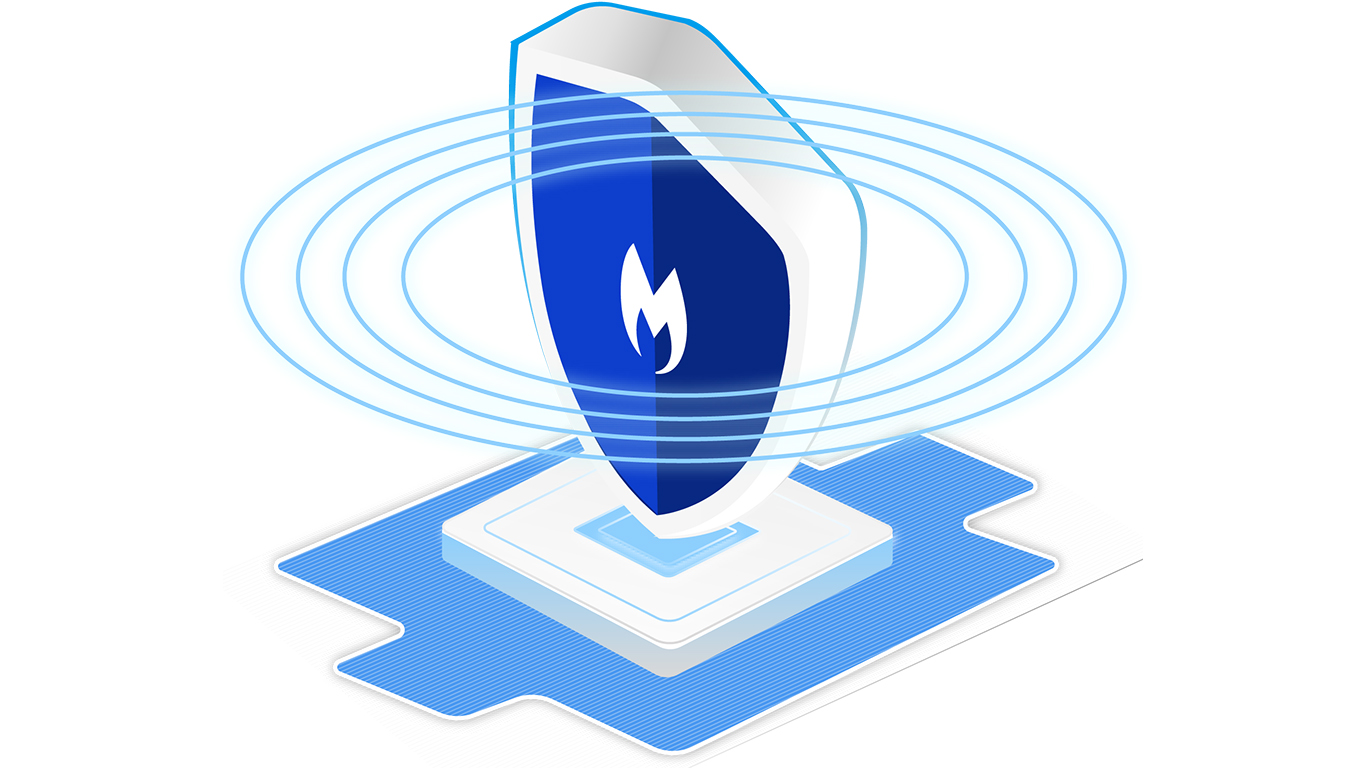Endpoint detection and response (EDR) refers to security solutions that combine endpoint monitoring, analytics, and response techniques to detect and investigate threats, before they turn into security incidents or breaches on endpoints like smartphones, laptops, desktops, and servers. EDR solutions continuously monitor endpoint activities for any suspicious or malicious behavior and generates alerts for security teams to investigate and respond to potential threats.
How EDR Works
EDR solutions work by deploying lightweight software agents on endpoints across the IT infrastructure which monitor inbound and outbound endpoint traffic, registry activity, file access, process and memory behavior. These agents collect endpoint telemetry and metadata which is then analyzed using machine learning and behavior analysis techniques. Any abnormal endpoint activities or signs of compromise trigger alerts for security teams. The EDR solutions also provide response capabilities like live endpoint quarantine, isolation, remediation, and rollback which allow incident responders to easily respond to and neutralize threats while minimizing business disruption.
Key Capabilities of EDR
Continuous Monitoring: Endpoint Detection and Response (EDR) agents continuously monitor endpoints for malicious activities running both in memory and on disk. This allows early detection of threats before any damage occurs.
Retrospection: EDR solutions provide retrospective investigation capabilities by recording the complete timeline of endpoint activities. This helps forensic analysis of past incidents.
Advanced Analytics: Leveraging machine learning and behavior analytics, EDR platforms deeply analyze endpoint data to baseline normal behavior and detect anomalies indicating compromise.
Automated Alerts: Rules and models enable automatic generation of prioritized alerts upon detection of suspicious activities. This streamlines incident response.
Remote Response: Incident responders can remotely access endpoints, block suspected processes, quarantine files, stop malicious processes, isolate compromised endpoints and rollback damage through the EDR console.
Integration with SOAR: By leveraging security orchestration, automation and response (SOAR) platforms, EDR solutions automate response playbooks to detect, analyze and neutralize threats across endpoints at machine speed. This maximizes productivity of security teams.
Benefits of Endpoint Detection and Response
Early Detection: Endpoint Detection and Response (EDR) solutions continuously monitor endpoints at a micro level to detect threats at the earliest stages, which conventional antivirus or anti-malware solutions often miss.
Faster Response: Automated alerts along with remote response capabilities enable swift containment of threats before damage or data loss occurs. This minimizes business disruption.
Investigation and Forensics: Session replay and complete endpoint activity timelines provided by EDR help reconstruct past security incidents for thorough forensic analysis.
Compliance: Meeting compliance needs for endpoint monitoring and control has become easier with continuous auditing of endpoints, remote response, and detailed troubleshooting via EDR.
Machine Learning: Leveraging AI and behavioral analytics, EDR improves over time in detecting new and unknown threats before they can execute malicious goals on the endpoint.
Lower TCO: As EDR platforms consolidate multiple legacy security product capabilities in one, they allow organizations to scale security needs more efficiently with lower total cost of ownership.
While legacy antivirus and anti-malware solutions are essential, studies show EDR platforms are crucial for organizations to gain endpoint visibility, track threat actors, augment staff operations with AI assistance and automate incident response at scale. They have become an integral layer of a robust security architecture in modern threat landscapes.
Implementing a Successful EDR Program
Critical to gaining value from EDR is anchoring it within a well-rounded security program with executive buy-in and involvement from multiple teams. Below are some best practices:
Set Clear Objectives: Define measurable goals for EDR in line with the organization’s security priorities and compliance requirements.
Evaluate Vendors: Carefully study EDR solutions based on requirements and choose a vendor with rich capabilities and good support. Consider future roadmaps.
Pilot Testing: Conduct limited deployments across select endpoints to test integrations, train staff and identify any gaps prior to organization-wide rollout.
Change Management: For a large deployment, follow thorough change management practices with communications to address user concerns or objections.
Endpoint Hardening: Prior to deployment, ensure endpoints meet minimum security baselines like up-to-date OS and apps, active firewalls etc.
Staff Enablement: Invest in training security analysts and incident responders to effectively use the full power of the EDR solution.
Integrations: Connect EDR platform to relevant ITSM, SIEM, SOAR and other security systems for enrichment and automation.
Use Cases: Identify use cases for EDR beyond just detection – like compliance reporting, vulnerability assessments etc.
Governance: Establish standards, policies, review procedures for ongoing oversight and ROI tracking from the EDR program.
While implementing EDR requires careful planning and resources, when done right, it can elevate overall security posture far more comprehensively than traditional solutions. The rewards are worth it for modern security needs.
*Note:
1. Source: Coherent Market Insights, Public sources, Desk research
2. We have leveraged AI tools to mine information and compile it




